Khajuraho is one of the most famous tourist destinations in Madhya Pradesh. It is a destination that you cannot skip when planning your MP tour itinerary. Famous for its group of Hindu and Jain temples, Khajuraho is a world-renowned UNESCO World Heritage site.
This site of vast history and culture received its name from the word ‘Khajur’ which is the common date palm available in India. The location of the temples is such that all of the structures are situated close to each other.
The temples of Khajuraho were built by the Chandela Empire and constructions began as early as the 10th Century and constructions these artistic marvels went on till the 12th century, by that time there were 80 temples in the 20 square kilometres region of the group of monuments.
Built during the peak of the Chandela Empire in North India, the temples are a testament to the time of artistic and spiritual enlightenment. The temples are living proof of the progressive ideologies that perpetuated throughout India during the Medieval period.
The group includes temples of the Hindu and Jain faith, but hints of Islamic and Buddhist inspiration in the architecture can be identified in many of the structures.
Here are some of the temples that exhibit unique and special characteristics among the collection of temples at Khajuraho:
1. Lakshmana Temple
The Lakshmana Temple was completed in the year 954 AD. The construction of this architectural marvel took 20 years during the reign of Dhanga. Located in the Western group of Khajuraho temples, India, the Lakshmana temple is arguably the most well-preserved temple in all of the Khajuraho structures, despite being one of the early-constructed ones. Also seen as the temple with the most sophisticated artistic taste, the Lakshmana Temple should be the first stop in all Khajuraho sightseeing tours and itineraries.
The entry gate of this grand temple depicts detailed representations of the Holy trinity of the Hindu religion, with Lord Brahma, Lord Vishnu, and Lord Shiva at the centre beam. The Lakshmana Temple also features explicit displays and carvings that represent the artistic and cultural liberalism of Medieval India. Most of the stirring and overt depictions on the temple are on the southern base of the temple that has, over a period of time, endured centuries’ worth of adverse climates and conquests ever since the temple was built. Due to its antiquity and boldness, the temple, to this day, remains one of the most important historical places in Madhya Pradesh and is almost always a primary part of Khajuraho tour packages.
2. Kandariya Mahadev Temple
The Kandariya Mahadev Temple is the largest structure in the Western Group of Temples and is one of the prime Khajuraho tourist attractions. Standing tall at 30.5 metres, the temple was constructed during the peak of the Chandela Empire’s reign between 1025-1050AD. The temple is a great representation of the evolution of art and culture as compared to the design of earlier constructed temples as it showcases a variety of sculptures and engravings that display the finesse of the Chandela architecture.
There are 872 statues in this temple alone, often defying the very idea of convention.
The temple is known for having the greatest number of representations of the female body. The statues and sculptures, on an average, are about 1 metre high and cover a major part of the temple’s exterior. The south face of the temple illustrates the beauty of the female body through bold imagery.
3. Vishvanatha Temple
Built before the Kandariya Mahadev Temple in 1002AD, the 12-pillared Vishvanatha Temple is a transitional piece of architecture in the group of Khajuraho temples of India. The construction and depictions on the temple suggest the evolution of art and culture during this period, providing a missing link of architecture from the Lakshmana Temple to the Kandariya Mahadev Temple.
The temple is laden with sculptures and depictions of human and animals alike. With beautiful women presented on the northern face, sculptures of babies and children being coddled and depictions of animals such as horses, elephants, and camels as well, a visit to this temple can be an enriching experience. There are several sculptures along the entire exterior of the temple right up to the shikhara (Roof of the structure) and other figures depicted as well that include musicians, dancers, warriors, and so on.
The Vishvanatha Temple, an important piece of architecture among the Khajuraho sightseeing places was constructed in the honour of Lord Shiva and thus, admired as the superior specimen to the architectural and artistic feats of the Chandela Empire.
The east end of the temple base houses a statue of Nandi, Lord Shiva’s bull vehicle and the baseline of the entire structure is adorned with beautiful Elephant friezes.
The temple can be visited after the Lakshmana Temple and before the Kandariya Mahadev Temple in your Khajuraho sightseeing itinerary to understand the conventional yet contemporary form of art during those periods.
4. Parshvanatha Temple
The Parshvanatha Temple is the largest Jain temple in the group of Khajuraho temples in India and is regarded as one of the most visited Khajuraho tourist attractions for people belonging to the Jain faith. Much like other temples, the Parshvanatha Temple is covered in sculptures and figurines, but all of them are rather modest in nature when compared to temples of the likes of Kandariya Mahadev and Lakshmana Temple.
The temple was constructed around the years of 950-970AD and was initially built as an Adinath temple. By the last century, a jet black idol of Parshvanatha was consecrated into the temple, making it the grandest Jain temple that one is sure to include in their Khajuraho sightseeing itinerary.
Parshvanatha Temple also houses some of the most well-preserved sculptures from all of the Khajuraho temples, with famous imagery of a woman removing a thorn from her foot and a woman decorating her eyes.
The Parshvanatha Temple is an intriguing blend of cultures and ideas. The architecture is a blend of Hindu, Buddhist and even Islamic styles of construction and is devoted to the Jain faith, truly making it one of the most unique Khajuraho sightseeing places in every itinerary.
5. Chitragupta Temple
The Chitragupta Temple can be visited after the Vishvanatha Temple as a break from the typical temple structures one can see in the Khajuraho local sightseeing places. Built between 1000-1025AD, the temple can be a unique experience in itself.
The temple stands out among the Khajuraho local sightseeing places because it was built to worship Surya (The Sun God), which is not common in North India, let alone the Khajuraho temples. Inside the sanctum of the temple, there is a 6.9 feet tall idol of Suryadev riding his signature chariot pulled by 7 horses. Although the temple and its sculptures have suffered through time, climate and conquest, the structure stands tall in all its glory.
The sculpting on the temple also includes depictions of Lord Vishnu in his 11 avatars, 1 being his original form and 10 other avatars carved on the southern niche of the temple right below its Shikhara (roof of the structure).
The temple is not only well-preserved but is dotted with fine carvings of apsaras and surasundaris that decorate the remaining parts of the temple. Built in around the time the Kandariya Mahadev Temple was being constructed, the medieval structure exhibits hints of the evolution of the art in the period, while also being the most unique among other temples in Khajuraho.
6. Varaha Shrine
The Varaha Shrine in the Khajuraho group of temples is one of the oldest constructions dating back all the way to the 10th century. Constructed in 900AD, the Varaha Shrine was built in honour of Varaha, an avatar of Lord Vishnu which is the form of a boar. This temple is located facing the Lakshmana temple and houses a large 1.5-meter-high sandstone carving of the Boar deity. The structure has several carvings and depictions on the main carving itself, including an image of the Goddess of knowledge, Shri Saraswati.
The temples in Khajuraho are a source of amazement for the visitors and a source of reverence for those who fully understand the gravitas of these magnificent structures. Either way, there’s no denying that you are in for an architectural spectacle when you step foot in Khajuraho.














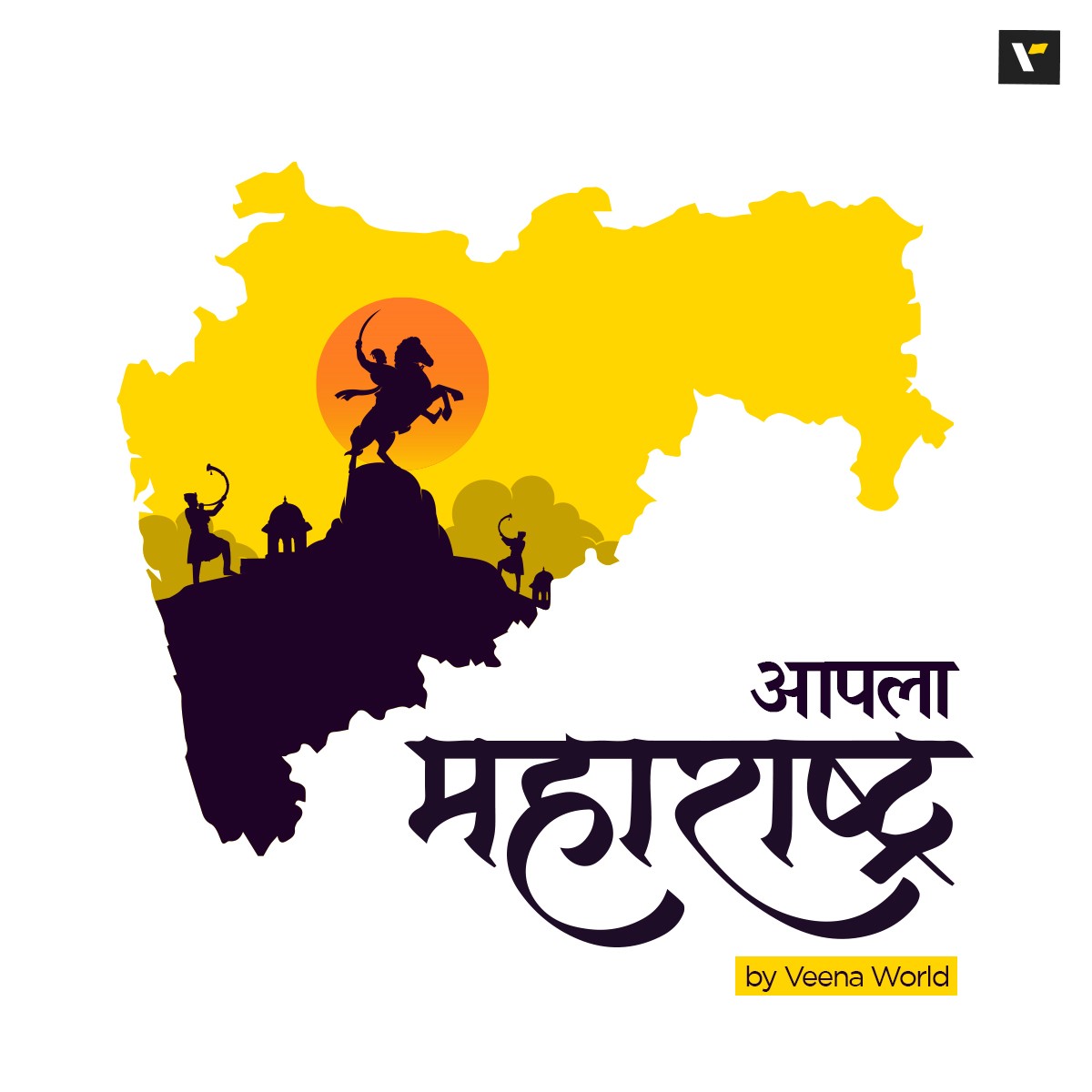











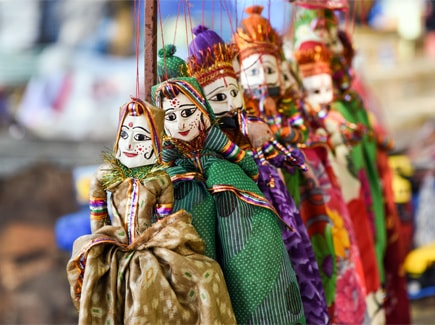


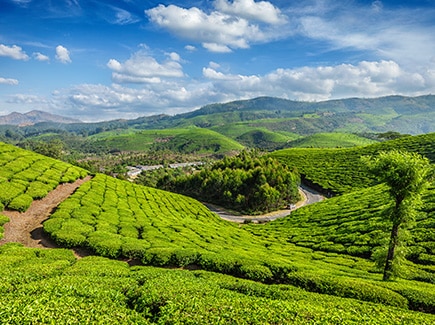


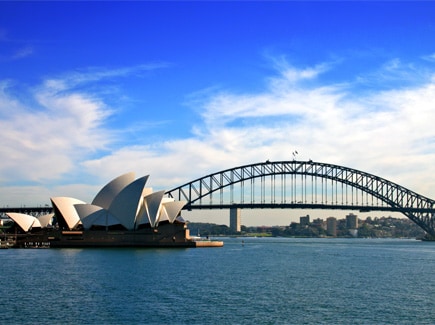

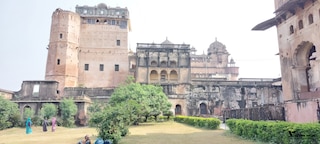
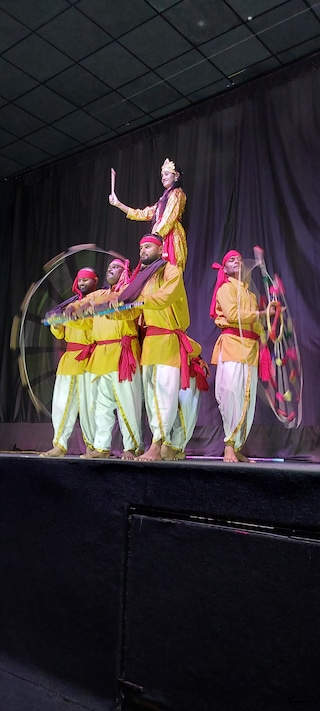
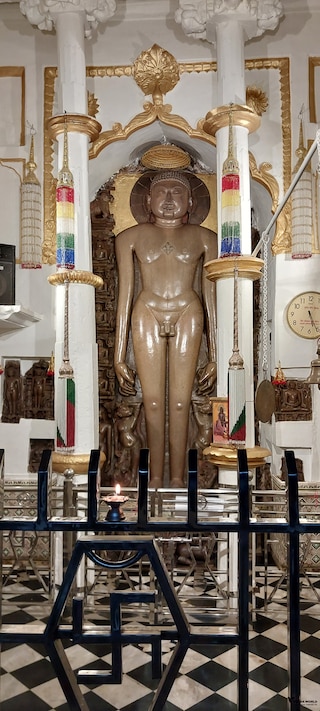
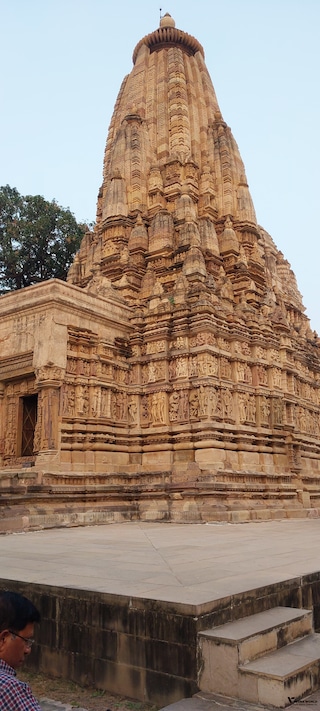

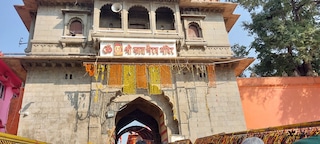
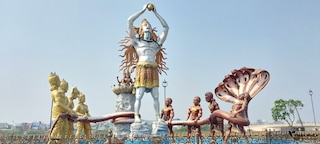
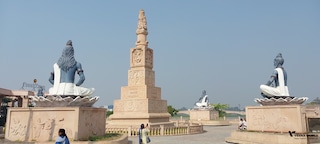
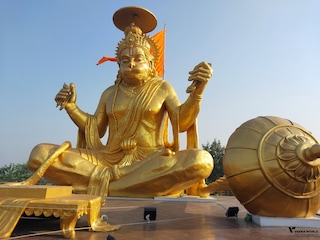





Post your Comment
Please let us know your thoughts on this story by leaving a comment.